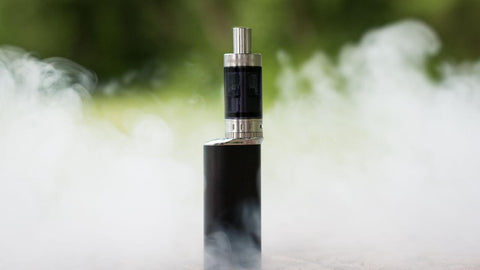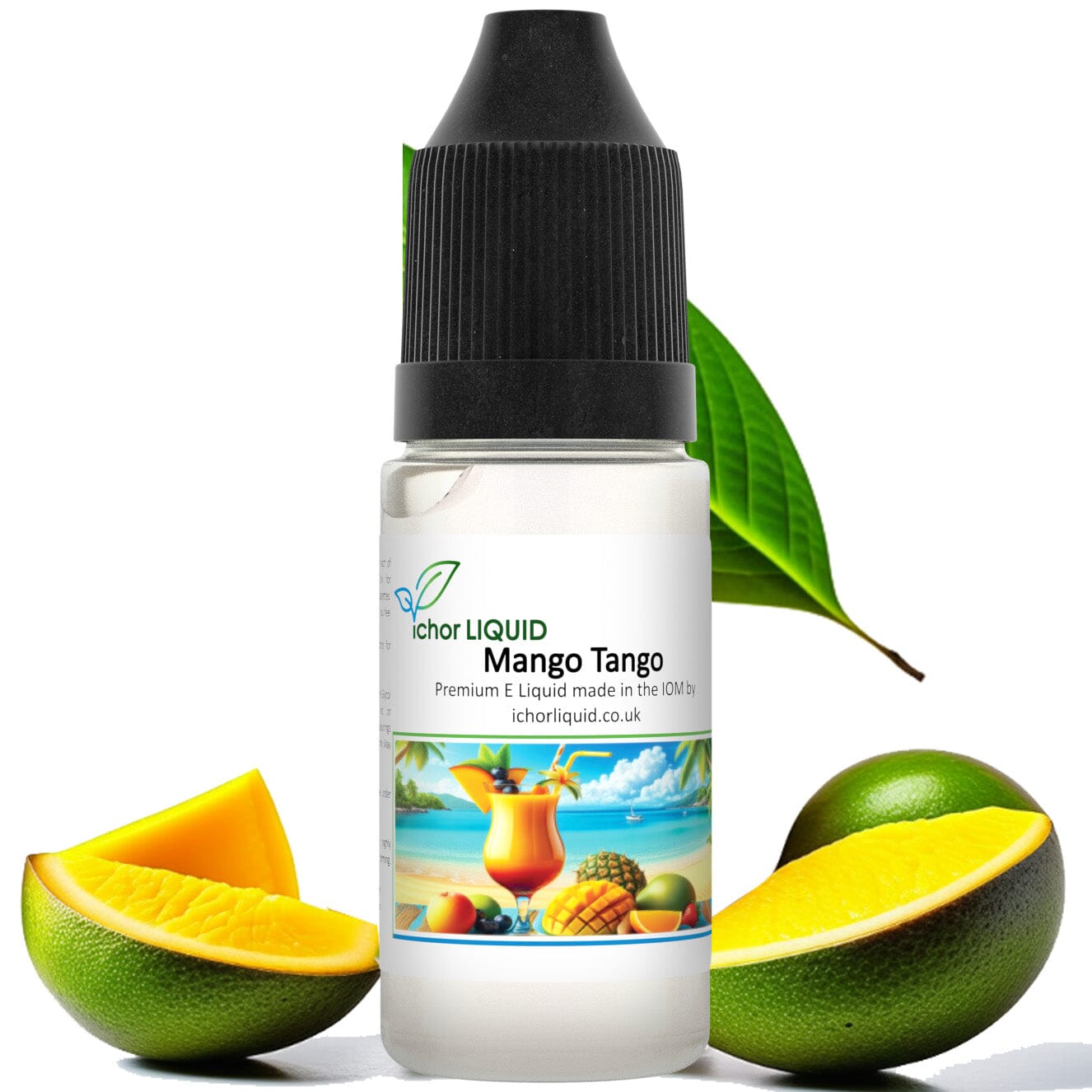
When was Vaping Invented?
In recent years, vaping has emerged as a prominent alternative to traditional smoking, capturing the interest of millions around the globe. Unlike smoking, which involves the burning of tobacco and the inhalation of smoke, vaping entails the heating of liquid to generate an aerosol, or vapor, that users inhale. This modern phenomenon, however, is not as recent as it may appear. The concept of vaporising substances for inhalation stretches back to ancient times, showcasing humanity's long-standing fascination with and pursuit of alternative methods to smoking.
The Ancient Roots
Tracing Back to Ancient Civilizations
Exploring the origins of vaping takes us on a fascinating journey back to ancient civilisations. Historical evidence suggests that early forms of vaporising substances for inhalation were used by ancient societies for various purposes. From the Greeks to the Egyptians, these ancient cultures had developed techniques to enjoy the benefits of vaporisation long before the modern era.
These early methods of vaping highlight the innovative thinking of our ancestors and provide valuable insights into the evolution of this practice over time. By examining these ancient practices, we can better understand the significance of vaping in contemporary society and appreciate its enduring legacy.
Not Just for Recreation: Medicinal and Ceremonial Uses
Ancient vaping was not solely for recreational purposes but also played a significant role in medicinal and ceremonial practices of the time. In many cultures, vaporising herbs, oils, or other substances was believed to have healing properties and was used in traditional medicine. Additionally, certain ceremonies and rituals incorporated the act of vaporisation as a way to connect with the spiritual realm.
Understanding the dual nature of ancient vaping as both medicinal and ceremonial sheds light on the cultural significance of this practice. It showcases the interconnectedness of physical well-being and spiritual beliefs in ancient societies and underscores the enduring appeal of vaping across different contexts.

Creation in the 20th Century
As we probe into the historical journey of vaping, the 20th century stands out as a pivotal era where the foundation of modern vaping was laid. Inventors like Joseph Robinson and Herbert A. Gilbert played crucial roles in shaping the trajectory of vaping technology, paving the way for the revolutionary devices we know today.
Joseph Robinson's Early Vision of Vaping
In 1927, Joseph Robinson made a significant contribution to vaping with his patented device that marked a departure from traditional smoking methods. Robinson's innovative concept introduced a new way of inhaling substances through vapour, setting the stage for the evolution of vaping technology.
Herbert A. Gilbert's Smokeless Non-Tobacco Cigarette
In the 1960s, Herbert A. Gilbert envisioned a smokeless non-tobacco cigarette that would revolutionise the smoking landscape. His patented device, designed to provide a safer alternative to traditional cigarettes, garnered attention for its groundbreaking approach to nicotine consumption. Gilbert's invention reflected the cultural and technological shifts of the era, embodying a forward-thinking vision for a smoke-free future.
Herbert A. Gilbert's creation not only showcased his innovative spirit but also highlighted the increasing awareness of health concerns associated with smoking in the 20th century. His pioneering efforts laid the groundwork for the development of vape technology, influencing the trajectory of the industry for years to come.
The Game Changer of the 21st Century
Introducing Hon Lik, the Father of Modern Vaping
When was vaping invented? In 2003, a Chinese pharmacist named Hon Lik introduced a revolutionary device that changed the landscape of smoking forever. Hon Lik's personal motivation for inventing the modern e-cigarette stemmed from his own father's struggles with smoking-related illness. Determined to create a safer alternative to traditional cigarettes, Hon Lik developed the first commercially successful electronic cigarette.
Using a piezoelectric element for vaporisation, Hon Lik's device delivered nicotine without the harmful by-products of combustion found in traditional cigarettes. This innovation laid the foundation for the booming market of vaping products that followed, impacting both smokers looking to quit and those seeking a less harmful nicotine delivery system.
The Breakthrough of the First E-Cigarette
The breakthrough of the first e-cigarette by Hon Lik marked a turning point in the history of smoking. This smokeless, non-tobacco cigarette not only provided smokers with a safer alternative but also sparked a cultural shift towards vaping as a trendy and socially acceptable practice. As the popularity of e-cigarettes grew, so did the controversy surrounding their impact on public health and regulation.
Refining the Vaping Experience
As vaping technology continued to evolve post-2003, there were significant advancements in vape technology that enhanced the user experience. These improvements included enhancements in battery life, more efficient vaporisers, and a wide array of e-liquid flavours. For a detailed exploration of the History of Vaping - Historical Timeline of Events - CASAA, we can trace the journey of how these innovations have shaped the modern vaping landscape.
Advancements in Vape Technology
Vaping technology has seen remarkable progress, with devices becoming more powerful, compact, and user-friendly. Battery advancements have led to longer vaping sessions without the need for constant recharging, and the efficiency of vaporisers has greatly improved. These developments have helped enhance the overall vaping experience for enthusiasts around the world.
The Flavour Revolution and Customizable Options
One of the most notable changes in the world of vaping has been the flavour revolution. Vapers now have access to an extensive range of e-liquid flavours, from traditional tobacco and menthol to exotic fruits and dessert-inspired blends. Additionally, the availability of customisable options such as adjustable airflow, wattage, and temperature control has allowed users to tailor their vaping experience to their preferences.
With hundreds of flavour options and the ability to fine-tune every aspect of their device, vapers today have more control over their vaping experience than ever before. This level of personalisation has played a significant role in making vaping not just a smoking alternative but a lifestyle choice for many individuals.
Vaping Goes Mainstream
The Proliferation of Vape Shops and Online Marketplaces
In the last decade, the vape industry has experienced a rapid expansion, with an estimated 7.3 million adults in the UK currently using e-cigarettes. This surge in popularity has led to the establishment of numerous vape shops and online marketplaces catering to vaping enthusiasts. These establishments offer a wide range of vaping devices, accessories, and e-liquids, providing customers with a diverse selection to choose from.
The convenience of online shopping has further fuelled the growth of the vaping market, allowing users to explore a plethora of options from the comfort of their own homes. Online marketplaces have become a hub for both seasoned vapers and beginners looking to purchase quality products and stay updated on the latest trends in vaping technology.
The Cultural Impact of Vaping on Society
With the rise of vaping, societal perceptions of smoking and nicotine consumption have undergone a significant shift. Vaping has emerged as a popular alternative to traditional cigarettes, with many individuals opting to switch to e-cigarettes in pursuit of a potentially less harmful smoking experience. This transition has not only influenced personal habits but has also contributed to a broader cultural shift towards wellness and harm reduction.
Moreover, vaping has fostered a sense of community among enthusiasts, with vape shops often serving as social hubs where individuals can gather to discuss new products, share tips and tricks, and connect with like-minded individuals. This sense of camaraderie has played a pivotal role in normalising vaping within society and establishing it as a mainstream activity.

The Future of Vaping
Innovations on the Horizon
As technology continues to advance, the vaping industry is ripe with exciting possibilities for innovation. Companies are exploring new materials and designs to enhance the vaping experience for consumers. From sleeker, more ergonomic devices to improved heating mechanisms, the future holds promising developments. Additionally, there is a growing focus on customisation and personalisation, with users seeking unique features and options that cater to their individual preferences.
Potential Pathways for Vaping's Evolution
Regulation and public health concerns are key factors shaping the future of vaping. With ongoing debates surrounding e-liquid safety and nicotine levels, industry leaders are exploring ways to address these issues while still providing a satisfying vaping experience. Furthermore, the integration of smart technology is a trend to watch, as devices may become more interconnected and user-friendly, enabling greater control and monitoring of vaping habits.
With the growing emphasis on sustainability, eco-friendly practices and products are likely to become more prevalent in the vaping industry. This shift towards environmentally conscious solutions reflects a broader societal movement towards greener alternatives, highlighting the need for responsible and ethically-minded innovation in vaping technology.
Unveiling The Birth Of Vaping - A Historical Journey
In brief, the journey through the history of vaping has uncovered a fascinating evolution of technology and culture. From ancient vaporising practices to the modern e-cigarette, vaping has come a long way, shaping the way we perceive smoking and nicotine consumption. The contributions of individuals like Joseph Robinson, Herbert A. Gilbert, and Hon Lik have been pivotal in revolutionising the way we approach inhalation.
Looking ahead, it is clear that vaping technology will continue to advance, with new innovations and regulations shaping its future. As we reflect on this historical journey, it becomes evident that vaping has not only changed the way we consume nicotine but has also sparked discussions on public health and societal norms. The story of vaping is far from over, and it will be intriguing to witness how it continues to unfold in the years to come.








